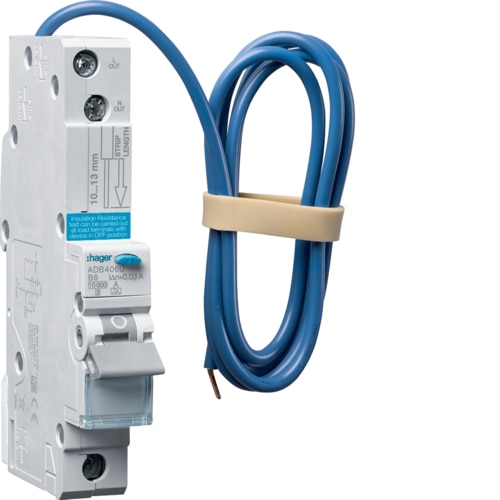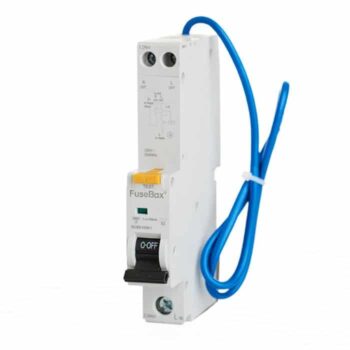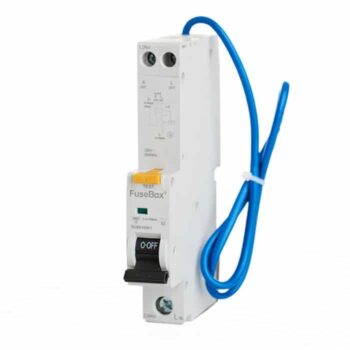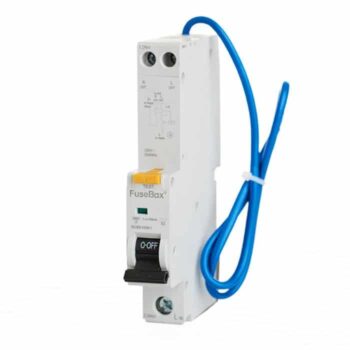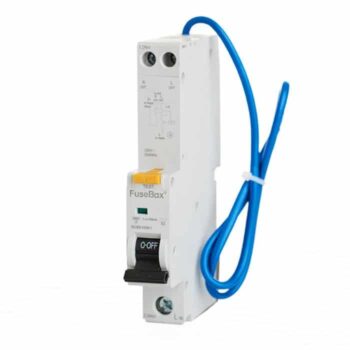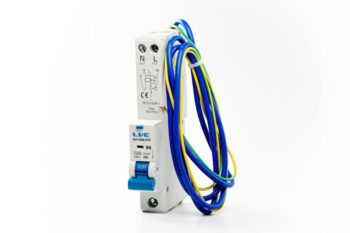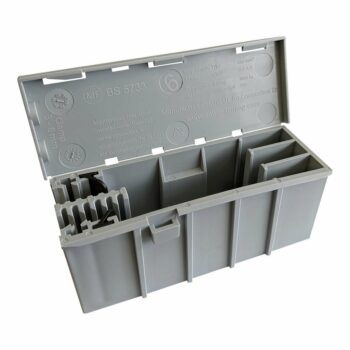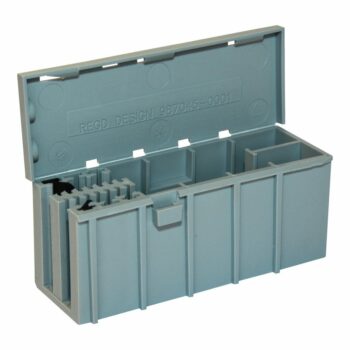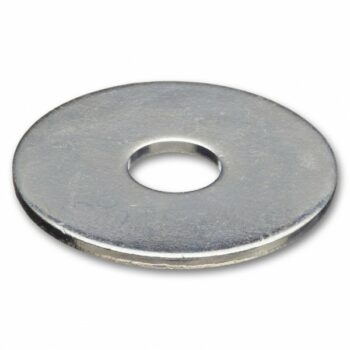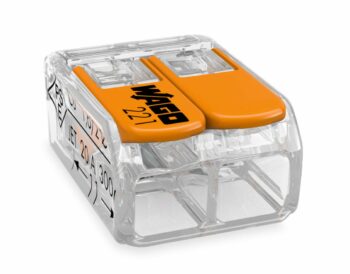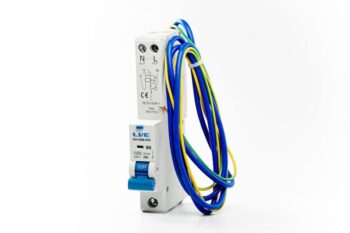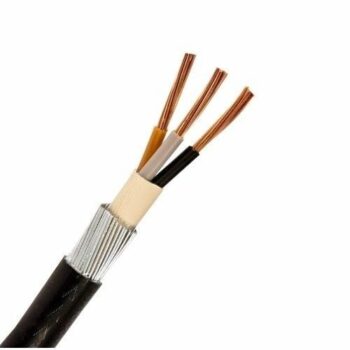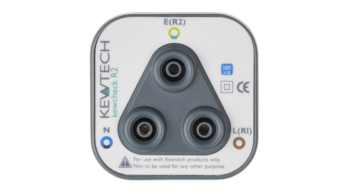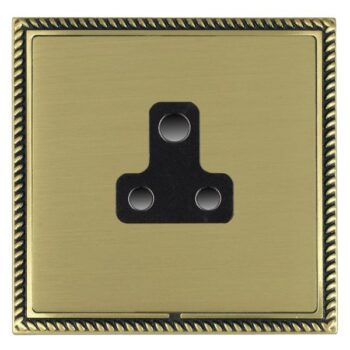Description
Hager ADC440U RCBO 10kA C-40A 30mA Type A – Robust and Reliable Circuit Protection
Standard-Sized RCBO with Curve C for Comprehensive Electrical Safety
The Hager ADC440U is a high-quality Residual Current Circuit Breaker with Overcurrent protection (RCBO), providing robust protection for both residential and commercial electrical installations. Featuring a C-curve characteristic, this device is ideal for circuits with moderate to high inrush currents, ensuring precise protection for your electrical systems.
Technical Characteristics:
Architecture:
- Neutral Position: Right
- Number of Poles: 1P
- Type of Pole: 1P
- Curve: C
Main Electrical Features:
- Rated Operational Voltage (Ue): 230 / 240 V
- Frequency: 50/60 Hz
- Type of Supply Voltage: AC
- Rated Insulation Voltage: 250 V
- Rated Impulse Withstand Voltage: 4000 V
Electric Current:
- Rated Residual Operating Current: 30 mA
- Rating Current at 30°C: 40 A
Dimensions:
- Depth of Installed Product: 70 mm
- Height of Installed Product: 115 mm
- Width of Installed Product: 17.8 mm
Power:
- Total Power Loss under IN: 2 W
Endurance:
- Electric Endurance (Cycles): 2000
- Number of Mechanical Operations: 10,000
Equipment:
- Quick Connect: No
- Can be Accessorised: No
Standards:
- Compliance: BS 61009-1; EN 61009-1
Safety:
- Protection Index (IP): IP20
- Residual Current Type: A
Use Conditions:
- Operating Temperature: -25°C to 40°C
Key Features:
- Reliable Protection: The Hager ADC440U ensures dependable protection against overcurrents and residual currents, essential for maintaining electrical safety.
- Standard Size with Curve C: Designed to handle circuits with significant power demands, like those in industrial or commercial settings.
- Durability: Engineered for long-term use, withstanding up to 2,000 electric cycles and 10,000 mechanical operations.
- Compliance with Safety Standards: Adheres to BS 61009-1 and EN 61009-1, ensuring safety and reliability.
Unique Feature:
The Hager ADC440U is ideal for large-scale installations where reliable protection against high startup currents is critical.


